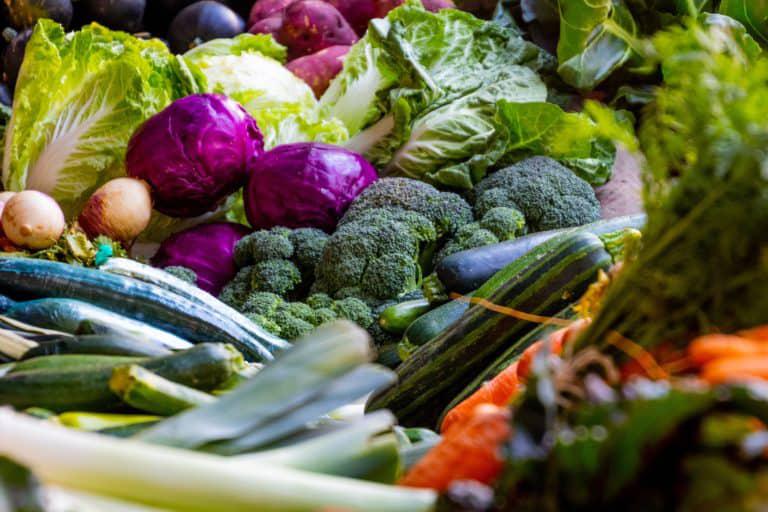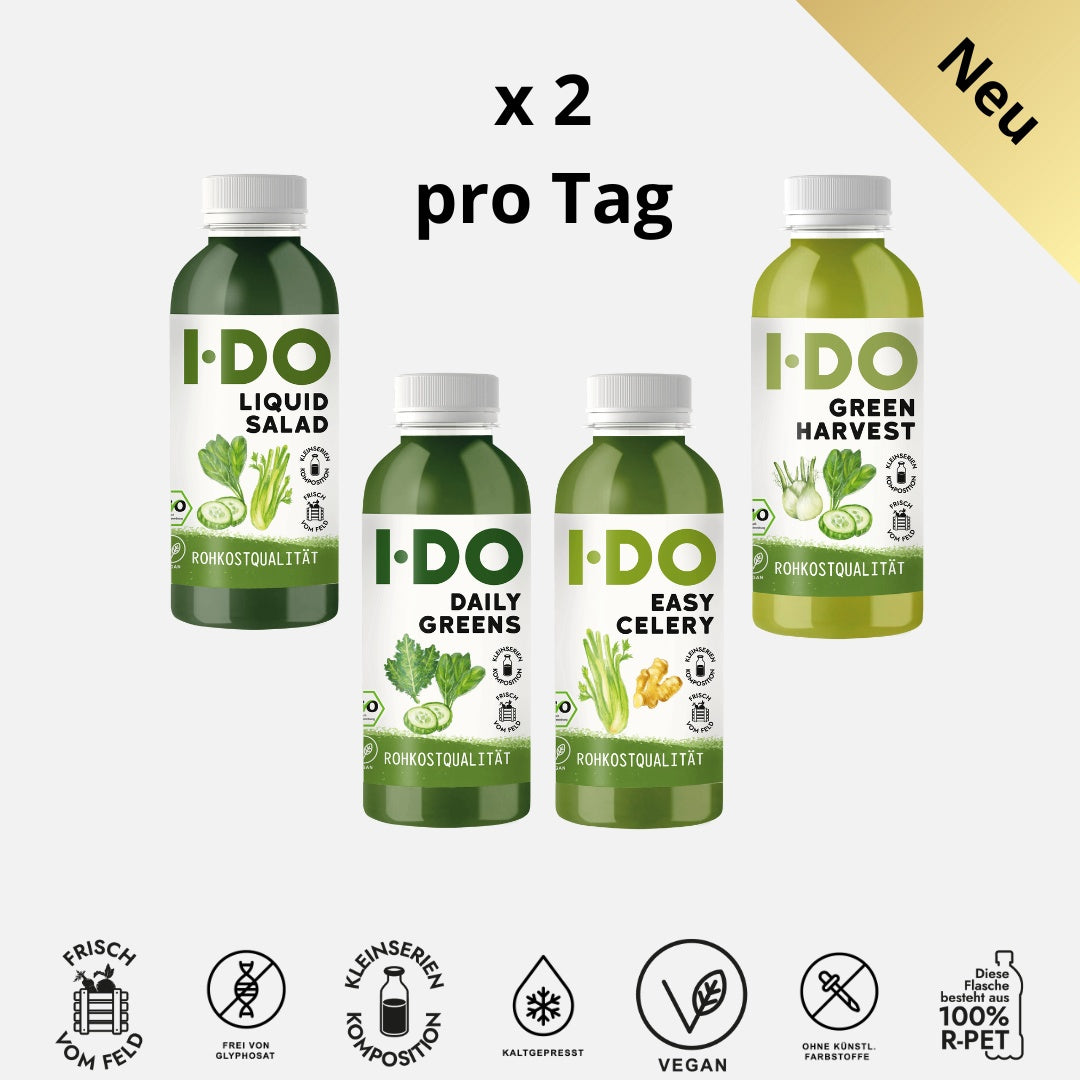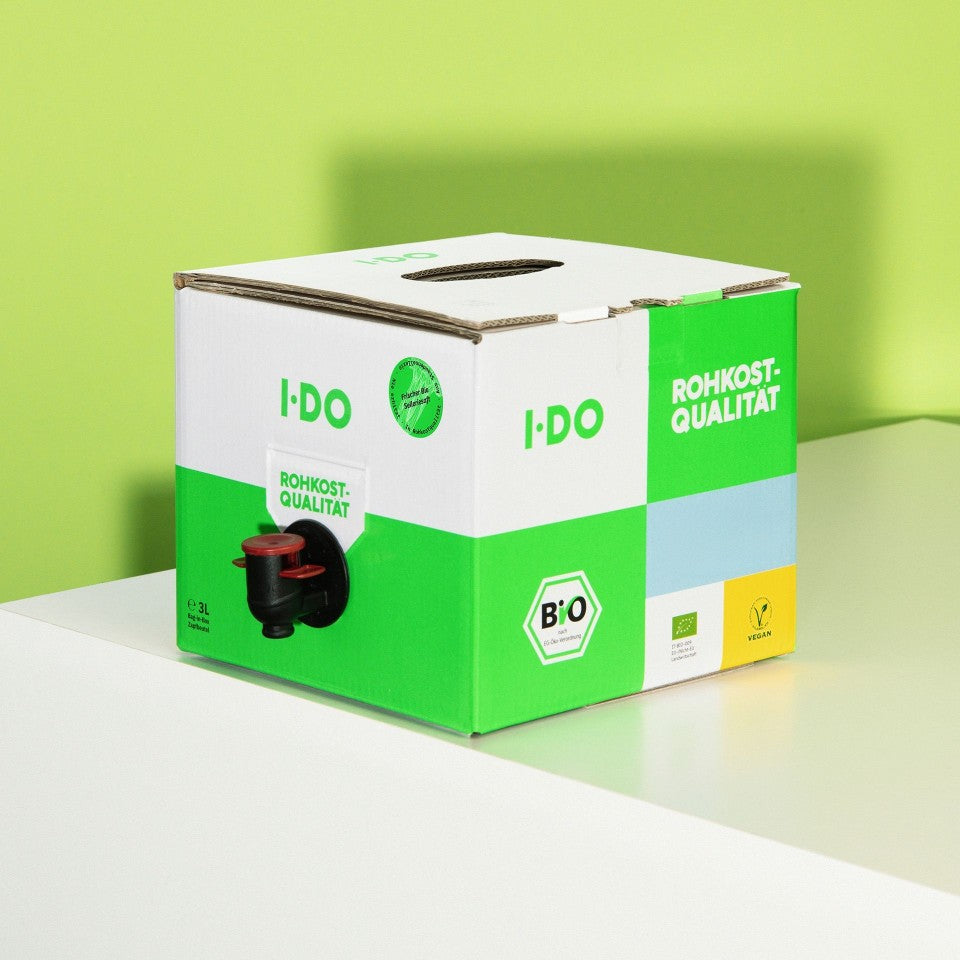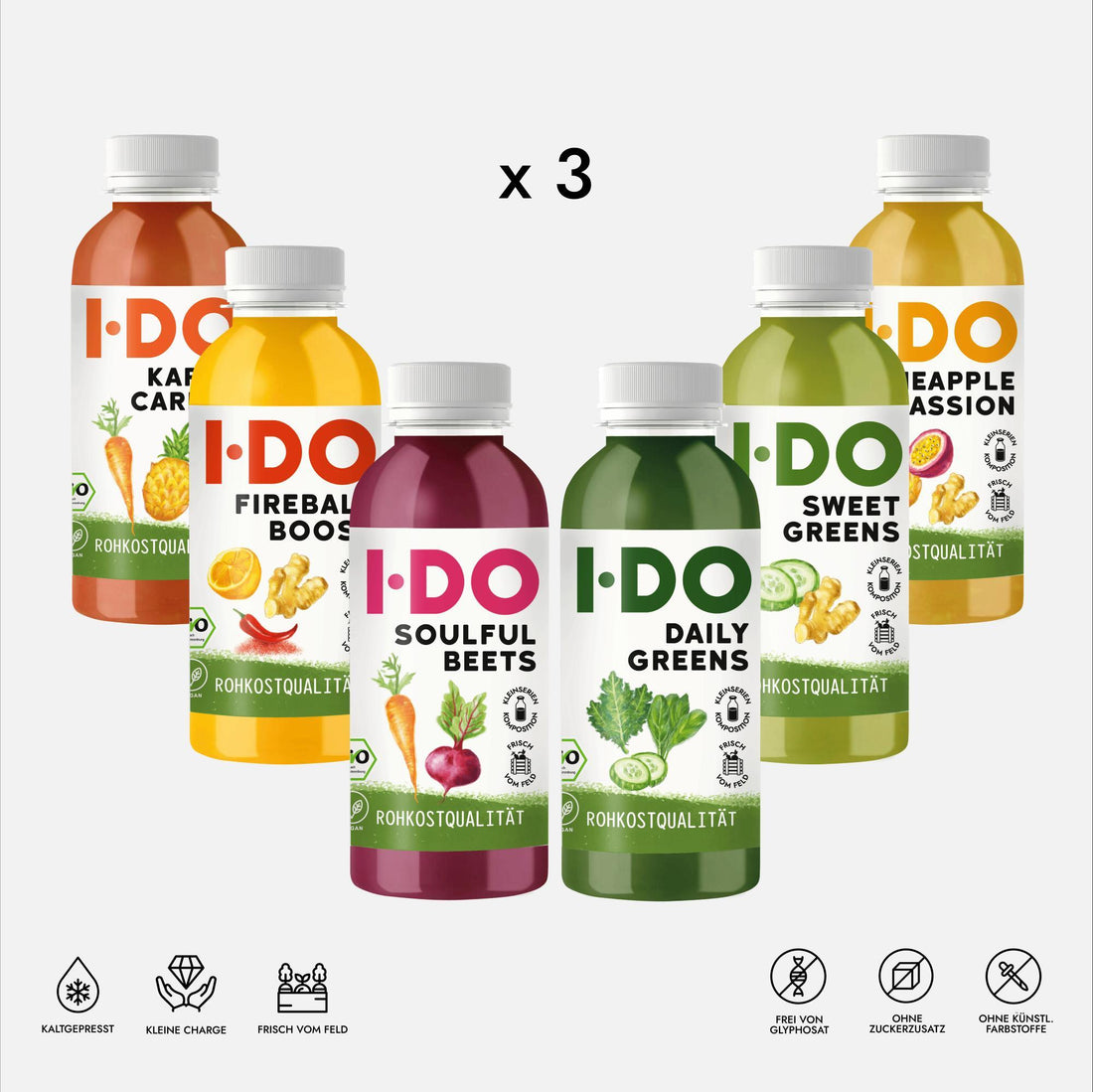Those who value a healthy diet generally eat a lot of greens and thus consume the plant pigment chlorophyll. A substance that not only gives us oxygen, but also does a lot of other things for us. The plant pigment is said to have a number of positive effects on the human body and can easily be consumed daily with the right diet. Here you can find out where the leafy greens are found and what effect they have on the body.
What is chlorophyll?
If you paid attention in biology class at school, you might still know something about chlorophyll. If not, that's fine, then pay attention now: chlorophyll is the natural pigment without which plants would not be green and would not be able to carry out photosynthesis. The term comes from ancient Greek and means something like fresh green leaf. It is therefore not surprising that chlorophyll is also called chlorophyll and belongs to the class of natural pigments. It should be noted that the natural pigment cannot be assigned to the category of secondary plant substances. Secondary plant substances are described as secondary because they are not essential for the plant. This includes, for example, the substance carotenoids, which turns carrots orange. Chlorophyll, on the other hand, is essential for the plant's survival. Plants can only carry out photosynthesis with the help of chlorophyll. In simple terms, what happens is the following: The chlorophyll absorbs the sunlight and passes the light energy on within the plant. The green pigment ultimately converts the absorbed sunlight into chemical energy and at the end of the conversion process the plant releases oxygen. Only this process enables the by-production of o2 Life on earth. But the green plant substance not only provides us with breathable air, it can do much more.
fuel for energy and vitality
Chlorophyll not only provides plants with energy and vitality - we humans can also benefit from this miracle cure. We absorb the green leaf through our food. Once in the body, it can support cell formation. The plant substance is a molecular building block for various proteins in the body and can serve as a fundamental basis for blood formation and blood purification. For this reason, chlorophyll can also be seen as the fuel for all life.
How does chlorophyll work in the body?
The effect is varied and chlorophyll is said to have predominantly positive properties. Chlorophyll can, for example, help to fight free radicals. Free radicals are intermediate products of our metabolism that are highly aggressive and can cause damage to the body. On the other hand, chlorophyll has an antioxidant effect and can therefore fight free radicals. It can also support the development of a balanced acid-base balance and help to bring the organism into balance. It quickly becomes clear that reaching for green can be worthwhile. But where exactly do we find this substance?
Which foods contain a lot of chlorophyll?
Basically, the greener the fruit, the more chlorophyll there is. Green leafy vegetables such as spinach, kale and Brussels sprouts, as well as the popular celery, contain a high dose of chlorophyll. But the valuable pigment can also be found in peas, broccoli and cucumbers. Herbs such as basil, coriander and parsley are also excellent sources of chlorophyll. When it comes to fruit, green fruit is also the clear winner, and kiwis are clearly ahead when it comes to chlorophyll.
Green, green, green
Chlorophyll is essential for life on earth. First and foremost, because the green leaf contributes significantly to the photosynthesis of plants and releases oxygen in the process. Not only does it allow us to breathe, but we can also benefit directly from it by eating fruit and vegetables. Therefore, you should eat enough greens every day to ensure an adequate supply. If you are in a hurry or are looking for a healthy and tasty snack in between meals, then you can also reach for a juice - preferably green, of course.












